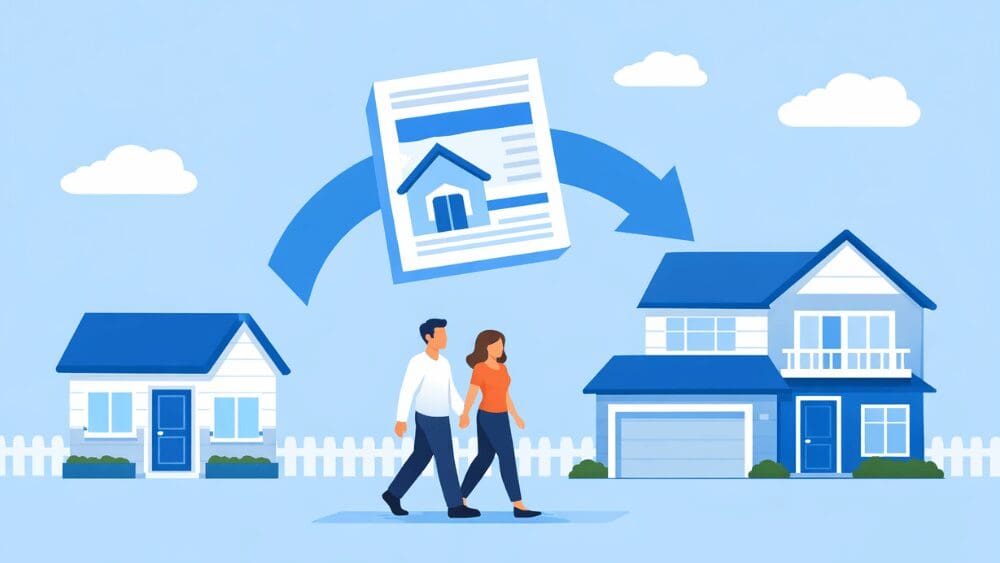
As a homeowner facing life changes or new opportunities, you may be considering the benefits of refinancing your mortgage loan. Perhaps you’re in need of cash, or you’d like to lower your monthly payment. Or maybe you just want to shorten your loan term. While many borrowers have placed plans on hold due to higher interest rates, there may be reasons a mortgage refinance is in your future. “It’s always worth talking about refinancing,” says Clint Hammond, a mortgage expert in Columbia, South Carolina, with more than 20 years of experience. “Whether it’s going to make sense enough to conduct the transaction is another matter.” In this post, we’ll look at how refinancing a mortgage works, what you can expect, and how to decide if leveraging this financial tool is right for you. Refinancing your house means replacing your existing mortgage with a new loan, typically with different terms and interest rates. This financial move is often aimed at reducing monthly mortgage payments, changing the loan’s duration, or tapping into home equity for large expenses. In simpler terms, it’s like hitting a reset button on your mortgage, but with the goal of bettering your financial situation. Homeowners opt for refinancing for various reasons, such as taking advantage of lower interest rates, switching from an adjustable-rate to a fixed-rate loan, or vice versa. It’s a strategic decision that can offer financial flexibility or savings, but it also requires careful consideration of the costs and benefits involved. “Factors to consider: Is there a need? Buying a home is obvious: I have to have somewhere to live. Needs to refinance are different,” says Hammond. “A true need would be, ‘I can’t afford my payment, I have to get it lower.’ Another true need would be, ‘I need cash to address something,’ whether it’s a renovation project or a large obligation like a medical bill or tax situation.” Refinancing a mortgage involves several steps, many of which are similar to the steps in the process you went through to obtain the first mortgage on your home. Here’s a simplified breakdown of how refinancing a mortgage works: 1. Assess your financial goals: Before diving into refinancing, it’s important to know why you’re doing it. Are you looking to lower your monthly payments, shorten your loan term, or get cash from your home equity? Your goals will guide the refinancing process. 2. Check your credit score and history: Your credit score significantly impacts the interest rates you can secure. Ensure your credit history is in good shape and correct any errors on your credit report. 3. Understand your home’s equity: Know how much of your home you actually own. This equity plays a vital role in determining if you qualify for refinancing and the terms you’ll get. 4. Shop around for the best rates: Don’t settle for the first offer. Compare rates and terms from different lenders to find the best deal for your situation. 5. Get your documents in order: Prepare the necessary financial documents. These typically include recent pay stubs, tax returns, and bank statements, among others. 6. Apply for refinancing: Once you’ve found a suitable lender, fill out an application. Be prepared for a thorough review of your financial situation. 7. Go through the home appraisal process: Lenders will require an appraisal to determine the current value of your home. This impacts how much you can refinance. 8. Close on the new loan: If approved, you’ll go through a closing process similar to when you first obtained your original mortgage. This will involve signing a host of documents and possibly paying closing costs. 9. Start paying your new mortgage: After closing, you’ll start making payments on your new loan, now adjusted according to your refinanced terms. While refinancing can be beneficial, Hammond says it’s important to consider the entire picture, including costs and potential savings, to ensure it aligns with your financial goals. In addition, there are different types of refinancing options available. Homeowners have various refinancing options, each serving different financial needs and situations. These options can be grouped into more common and less common types.What does it mean to refinance your house?
How does refinancing work?
Different types of refinancing
Most common types of refinancing:
Less common types of refinancing:



